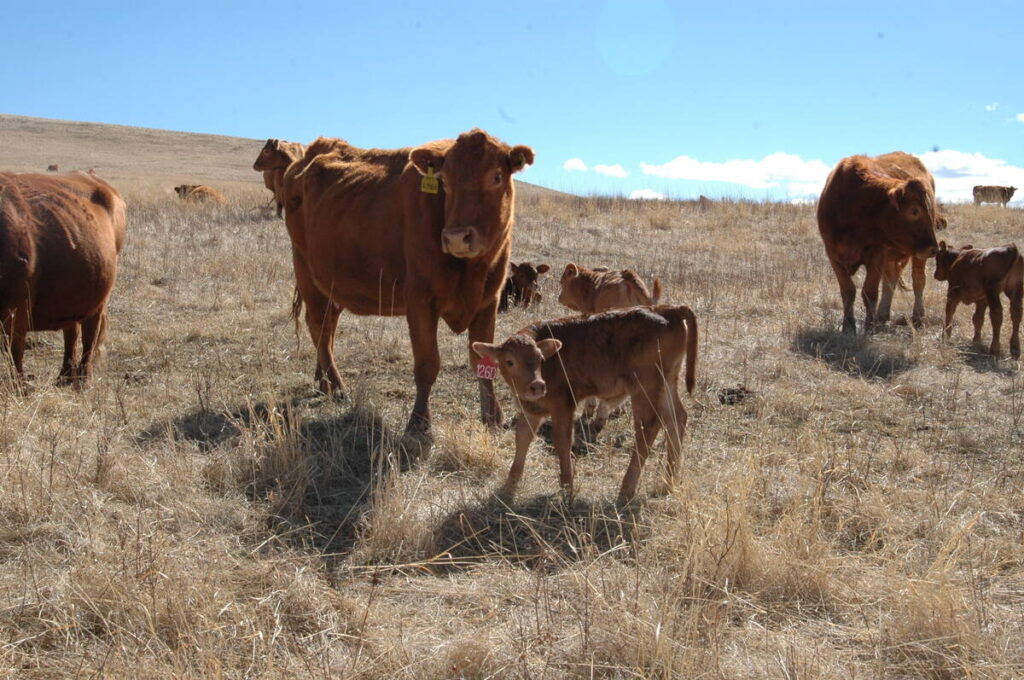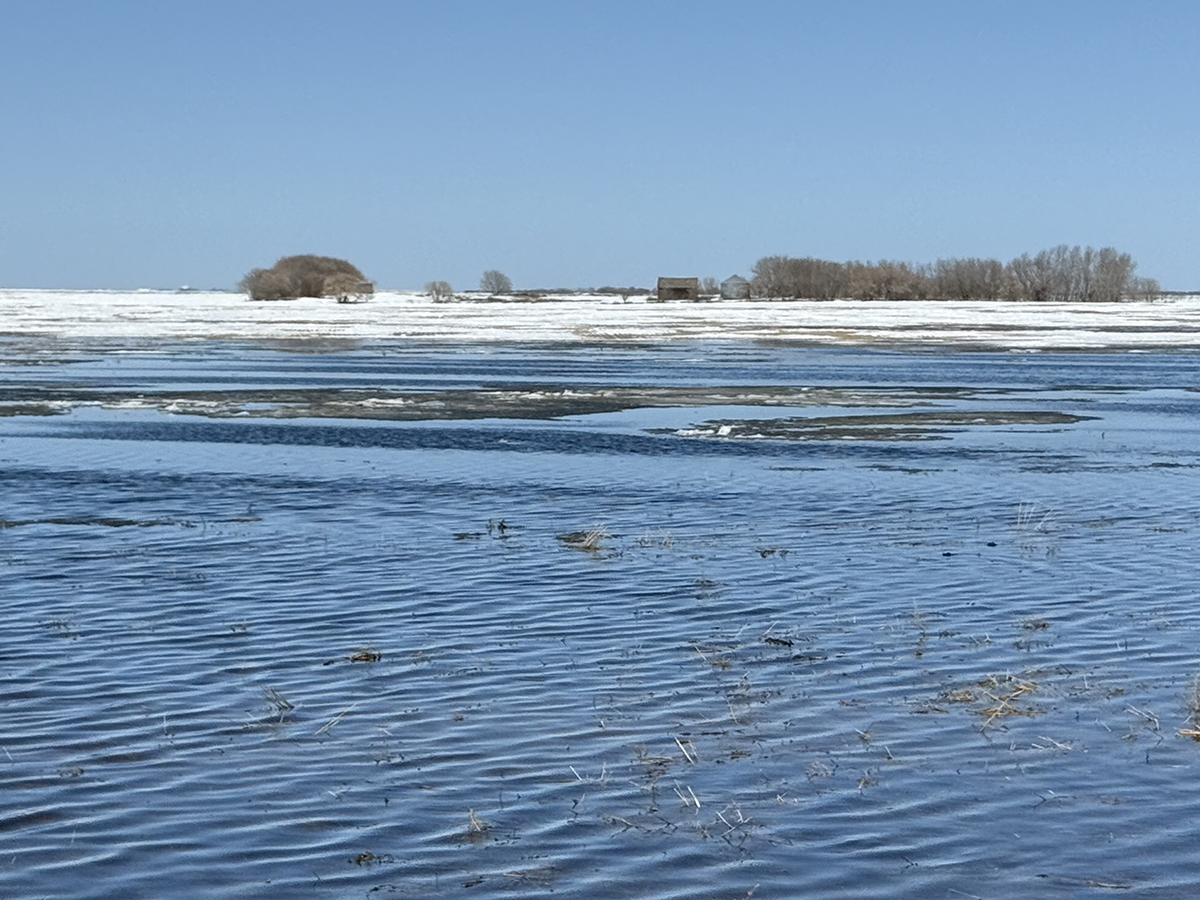Sask. producers say bovine TB compensation inadequate

YORKTON, Sask. — Efforts to trace the bovine tuberculosis case discovered last fall have put several farms in quarantine and under financial pressure.
The positive test found on a Saskatchewan cow at slaughter Nov. 29, 2024, brought with it numerous ramifications as a result of Canada’s tracing policies to ensure continued trade under international animal health rules.
Related story in this issue: Saskatchewan cattle producers want bovine TB investigation to target wildlife
Read Also


Weather models predict hot summer
It is time for our monthly look back at how the weather shaped up across the Prairies and then our look ahead to see what kind of weather the different long-range forecasts or predictions are calling for this summer.
The herd of origin, located west of Melville, has been depopulated. Its business model was to breed and sell replacement heifers.
Canadian Food Inspection Agency regional veterinary officer Allyson Danyluk Ross said there are about 4,300 animals to trace. So far, trace-in efforts have found 533 animals brought in from 18 farms and six livestock auctions.
Trace-outs have yet to be determined.
CFIA compensation, as set by regulation, pays a maximum of $4,500 per head for a commercial animal and $10,000 for a registered animal. Danyluk Ross said advance partial payments are available.
Howeverk producers says those amounts are inadequate.
Janelle Halyk and her husband would have sold leftover yearling calves and open cows in March. Instead, 109 head, representing 78 per cent of their herd, were destroyed after reacting to the live animal test. That includes 100 per cent of their own herd and some from other family members.
She said they are mostly a grain farm, but the news was still hard to take.
“It’s not real,” was her first reaction, she said after a public meeting to discuss the disease and management.
There are a lot of rumours going around, and she said they felt a level of shame, even though there is no indication their animals were carrying the disease.
“They’ve tested negative so far on post mortem and we won’t know until mid-July after the cultures,” Halyk said.
Initially, investigators look for lesions and then send cultures to a lab for further testing. That takes 12 to 16 weeks.
Similarly, Jackie Sawley and her husband had 49 reactors upon live animal testing. Thirty-eight of those tested negative and they are still waiting on the results for the others, and then the culture tests. The number of reactors represented about 10 per cent of their herd.
“We can’t sell or move anything,” she said.
“We had 100 yearlings that would’ve gone in March. We have to find grass within our operation, or we do have feed left over.”
Calving is underway, and any positive tests would mean depopulating the entire herd. They lost 10 breeding bulls and have had to buy others that they can’t yet bring home. That throws the breeding season up in the air, too.
The herd of origin belongs to Sawley’s son and daughter-in-law, which adds another complexity to the situation.
Both Halyk and Sawley said they and others affected have adopted an “all-for-one and one-for-all” strategy to keep each other going.
“You start to feel like there’s a big cloud over you,” Sawley said.
“I’m glad to hear how much the industry is involved and behind us.”
The Saskatchewan Cattle Association, which sponsored the public meeting, is connecting producers who have gone through similar incidents to provide peer support.
There is also an Outbreak Support Network, funded by the Western Canadian Animal Health Network and the Canada West Swine Health Intelligence Network, led by former provincial veterinarian Betty Althouse that is working to improve communication and support in disease incidents.
SCA division 5 director Levi Hull said the compensation for affected producers is outdated and insufficient. He told the meeting that there were cows very close to calving that were depopulated, and producers also lose the value of those calves.
“These cattle were not for sale,” he said of the cows.
“They were never hitting the market. To determine a value of those cows is very difficult. CFIA does not value the income lost over the next five or seven years to the producers that are affected.”
He said the cattle industry is in unprecedented times of record high prices, but these producers don’t get to participate in that market.
“You don’t build a 1,000-cow herd over night. That really needs to be the message that you guys send right to the very top because these producers that are in this room could be affected and they could lose out on the best times that we have seen in this industry,” he said to applause.
Another producer said even though he is a commercial producer, he has built up 30 years of genetics within his herd and wouldn’t receive compensation for that.
There are also the costs of cleaning and disinfection, labour and feed that are not covered.
Danyluk Ross said it’s the industry’s role to lobby the government for changes. She is bound by the regulations established for these situations.
She also said a typical bovine TB investigation takes about two years to go through everything. Essentially, the examination of the 2024 case is just beginning.
She, provincial chief veterinary officer Stephanie Smith and Canadian Cattle Association chief veterinarian Leigh Rosengren all said producers have to identify themselves to them so they can work on their behalf because CFIA does not provide names.
Smith said there is a lot of gray area in the policy surrounding these situations, which can lead to confusion. She urged people to come forward to industry associations and mental health advocates to get the information they need.
Meanwhile, Sawley said the CCA should have done more work since the 2023 case to improve compensation for producers, particularly since price have skyrocketed.
Both she and Halyk said they have questions about wildlife testing and are frustrated with policies that don’t necessarily make practical sense.
The scope of this investigation is not yet clear.
Danyluk Ross said the tracing effort for the 2016 case involved an index herd of 2,700 animals, trace-in herds numbering about 160 and 56,000 animals, and 200 trace-out herds involving 30 buyers and 60,000 animals.
The 2023 investigation was much smaller. The index herd included 471 animals, and the owners had only brought in two bulls within the previous five years. There were three trace-in herds and five breeding trace-out herds as well as 35 feedlots.
Source: producer.com


